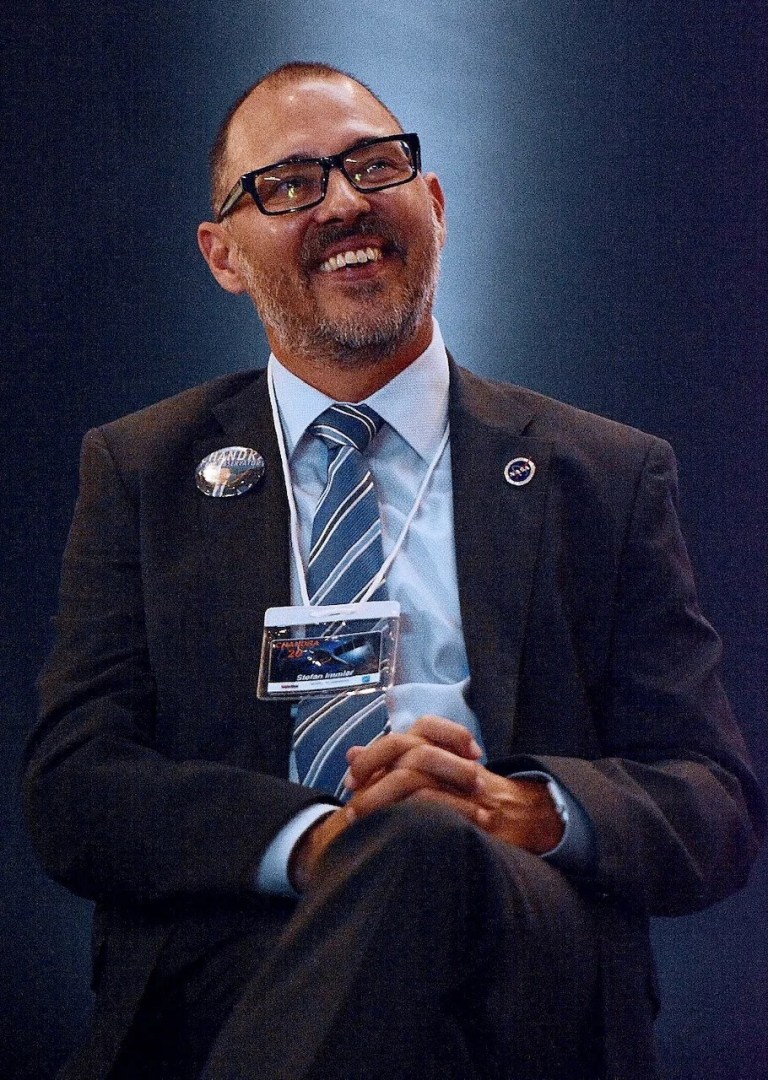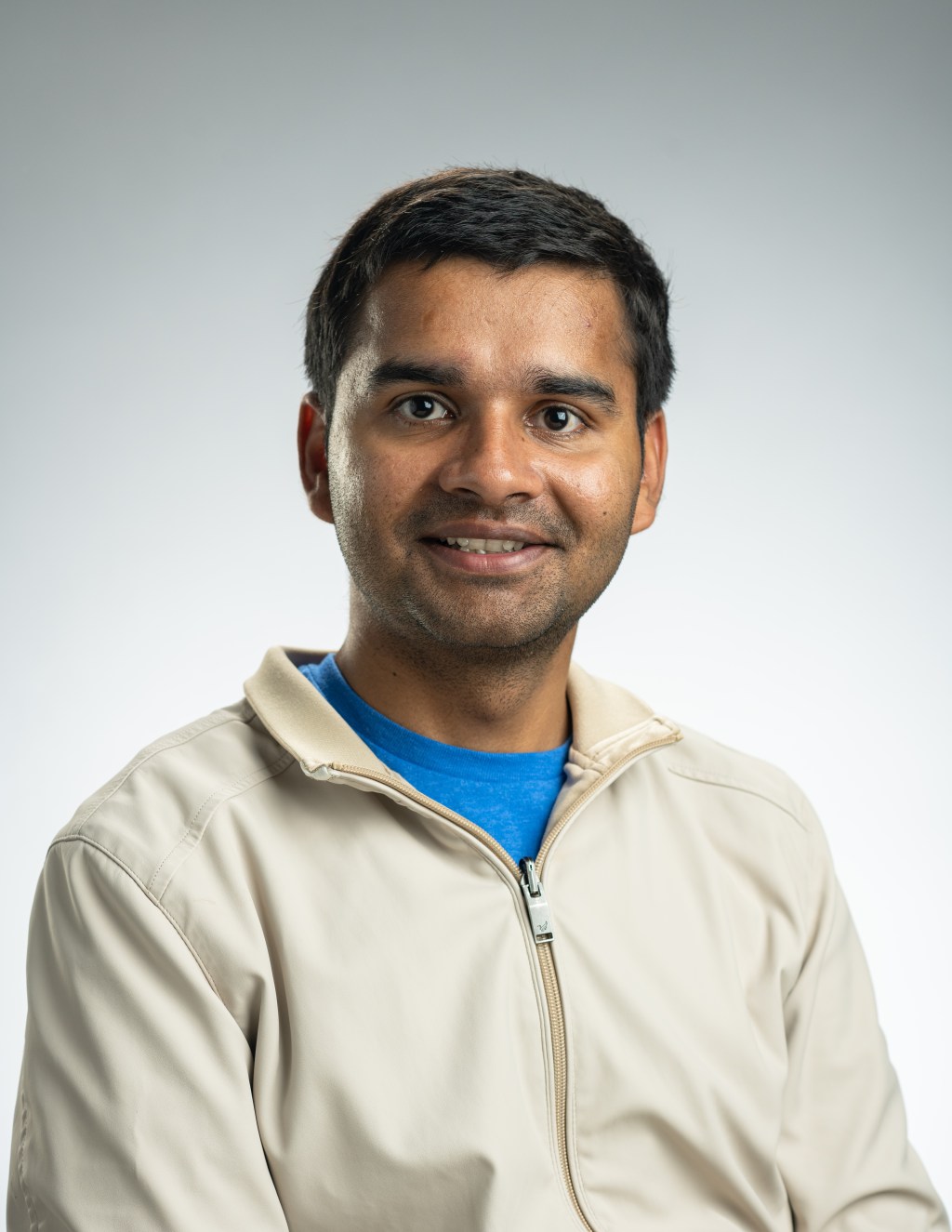
Dr. Stefan Immler
Program Scientist and Program Officer
Dr. Stefan Immler is the Associate Director for Research in the Astrophysics Division, Science Mission Directorate, at NASA Headquarters.
Dr. Immler has been at NASA Headquarters since 2013. In 2024, he served as the Program Examiner for the Department of Energy Office of Science in the Office of Management and Budget at the White House on detail from NASA.
Dr. Immler earned his Ph.D. in Physics and Astronomy from the Ludwig-Maximilians-Universität München for his thesis on the “X-Ray Source Population of Spiral Galaxies” at the Max-Planck-Institut für extraterrestrische Physik, Germany, in 2000.
He studied one year abroad at the Imperial College for Science, Technology and Medicine in London, UK, and held postdoctoral positions at the University of Massachusetts in Amherst (2000-2002) and the Pennsylvania State University in State College (2002-2004). Dr. Immler was an Associate Research Scientist at the NASA Goddard Space Flight Center in Greenbelt, Maryland, where he was a duty scientist in the XMM-Newton Guest Observer Facility and the Niel Gehrels Swift Observatory Science Center, and the lead of the Swift satellite General Observer Program (2004-2013).
Dr. Immler has been teaching astronomy and cosmology at the University of Maryland, College Park, and the George Washington University in the District of Columbia as a professorial lecturer.
His research interests include cosmic explosions such as supernovae and gamma-ray bursts, as well as X-ray and ultraviolet properties of nearby galaxies. He was awarded the NASA Space Science Achievement Award and the NASA Group Achievement Award for the Swift observatory ground support in 2007, the NASA Commendation for the Hubble Space Telescope Team in 2015, and the NASA Excellence Award for the Astrophysics Research Team in 2019.
Immler has published over 100 peer-refereed articles in journals, around 400 non-refereed articles, and was the editor of the book “Supernova 1987A: 20 Years After”. He has been featured on the BBC, Discovery Channel, the History Channel, and the Japanese NHK channel, and his original research was featured on the front pages of multiple news outlets.
























